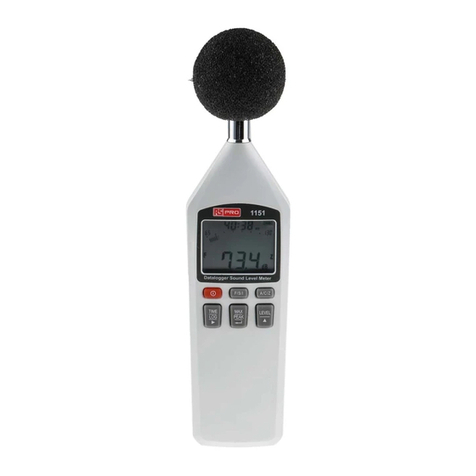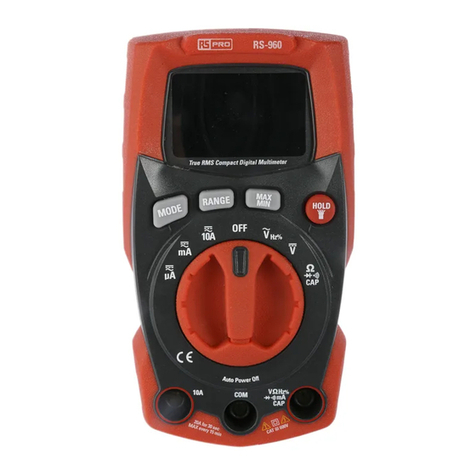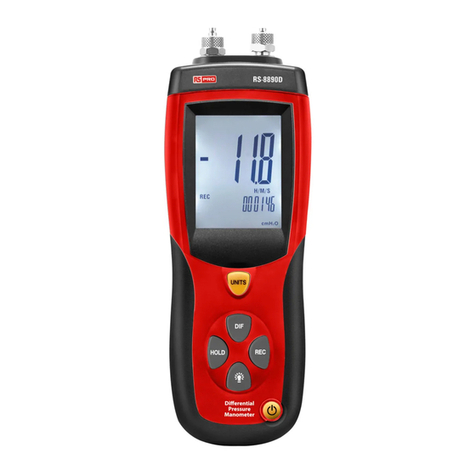RS PRO SLM 1353M User manual
Other RS PRO Measuring Instrument manuals

RS PRO
RS PRO ISA-730 User manual
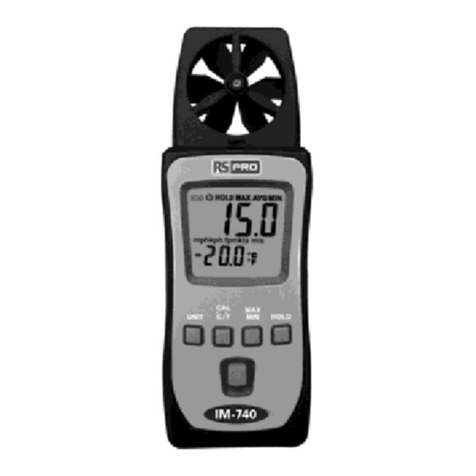
RS PRO
RS PRO IM-740 User manual
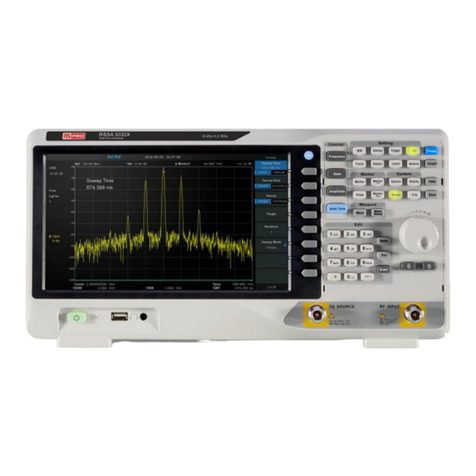
RS PRO
RS PRO RSSA3000X User manual

RS PRO
RS PRO RS-92 User manual

RS PRO
RS PRO ISM 410 User manual
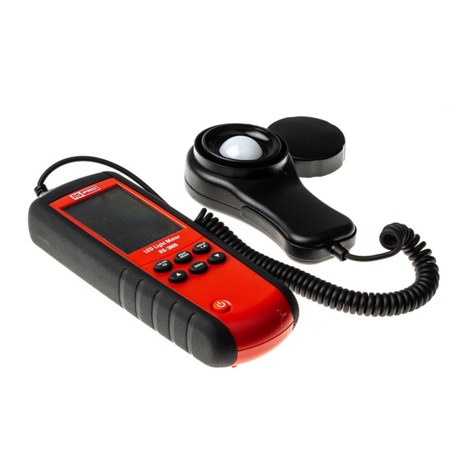
RS PRO
RS PRO RS-3809 User manual

RS PRO
RS PRO ILM 1332A User manual
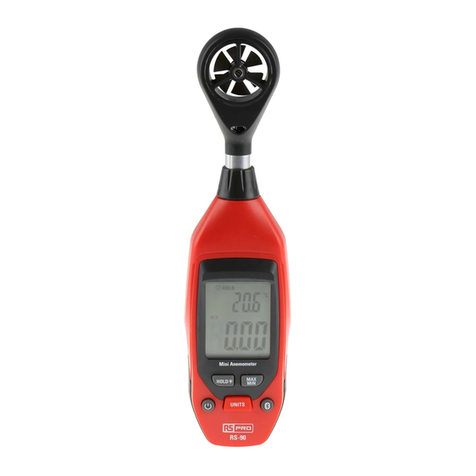
RS PRO
RS PRO RS-90 User manual

RS PRO
RS PRO RS-1150 User manual

RS PRO
RS PRO ICM A6N User manual
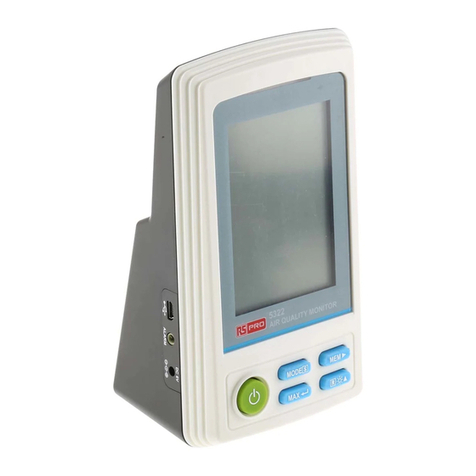
RS PRO
RS PRO RS-5322 User manual

RS PRO
RS PRO HS-608 User manual
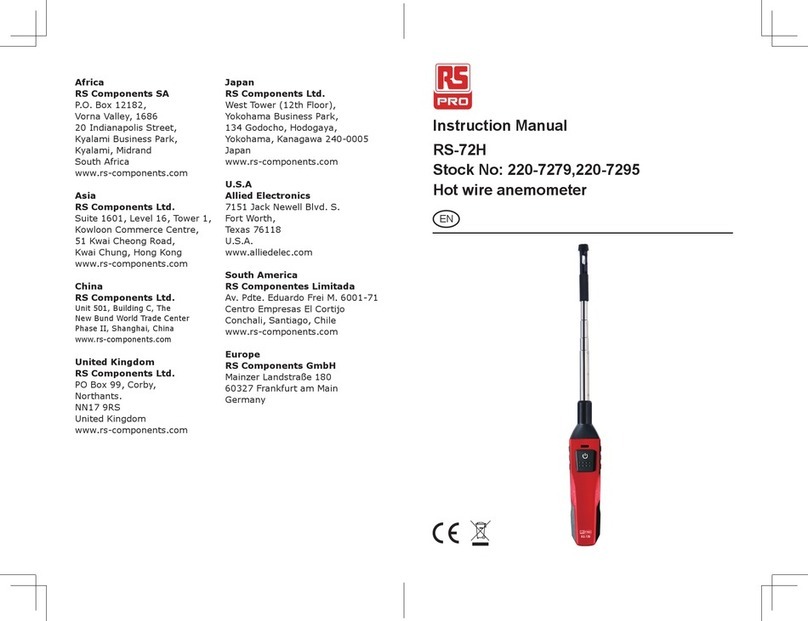
RS PRO
RS PRO RS-72H User manual

RS PRO
RS PRO RS-137 User manual
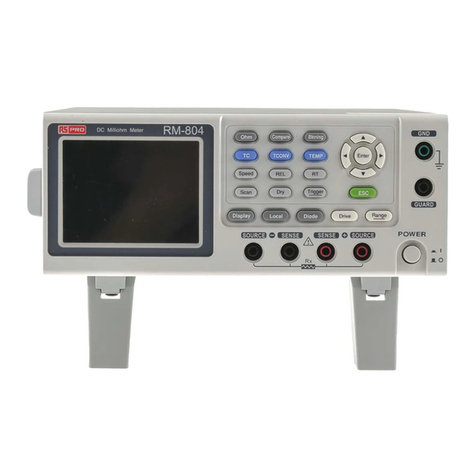
RS PRO
RS PRO RM-804 User manual

RS PRO
RS PRO RS-1360A User manual
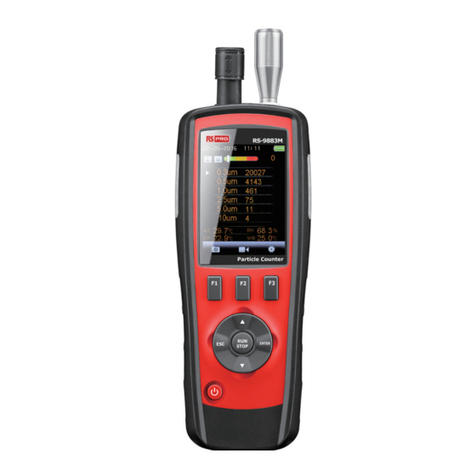
RS PRO
RS PRO RS-9883M User manual
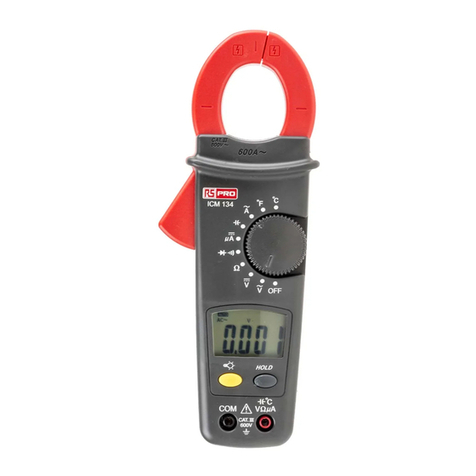
RS PRO
RS PRO ICM 134 User manual
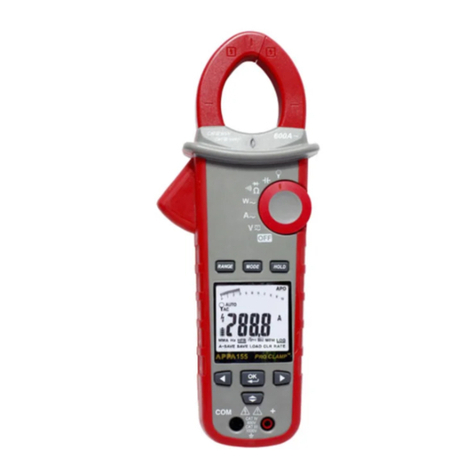
RS PRO
RS PRO RS 155B User manual

RS PRO
RS PRO RS-5200 User manual
Popular Measuring Instrument manuals by other brands

Powerfix Profi
Powerfix Profi 278296 Operation and safety notes

Test Equipment Depot
Test Equipment Depot GVT-427B user manual

Fieldpiece
Fieldpiece ACH Operator's manual

FLYSURFER
FLYSURFER VIRON3 user manual

GMW
GMW TG uni 1 operating manual

Downeaster
Downeaster Wind & Weather Medallion Series instruction manual

Hanna Instruments
Hanna Instruments HI96725C instruction manual

Nokeval
Nokeval KMR260 quick guide

HOKUYO AUTOMATIC
HOKUYO AUTOMATIC UBG-05LN instruction manual

Fluke
Fluke 96000 Series Operator's manual

Test Products International
Test Products International SP565 user manual

General Sleep
General Sleep Zmachine Insight+ DT-200 Service manual
